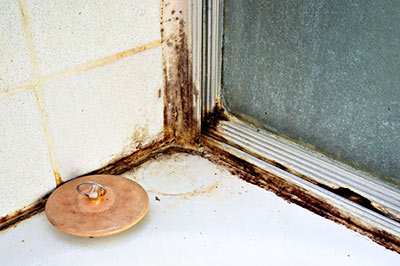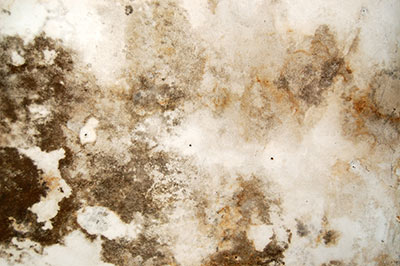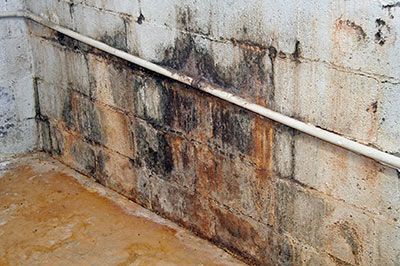National Collaborating Centre for Environmental Health (2010).
This report provides concepts on how to evaluate buildings, residences and other built environment for mould, in order to reduce the risk of exposure. The information presented in this report is based on a survey of guidelines and peer-reviewed literature; due to the lack of scientific evidence in this area, most guidelines are based on practical experience and common sense or on risk management principles. The research process and a summary of documents reviewed are presented in the appendix.











